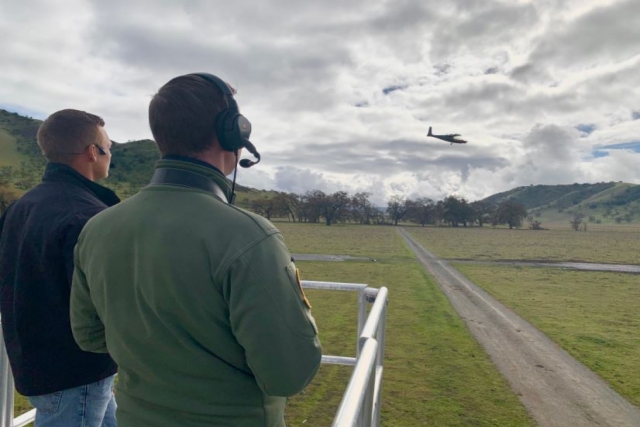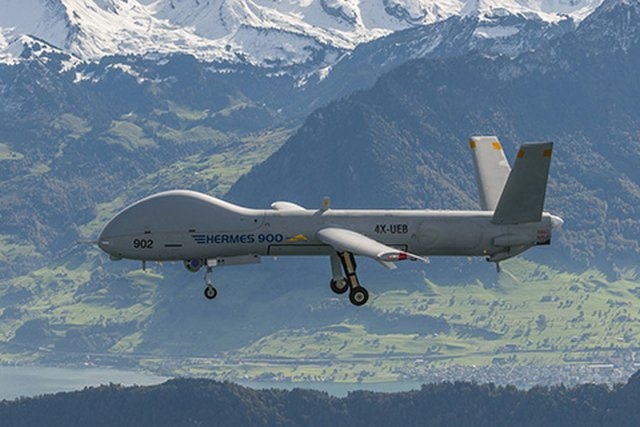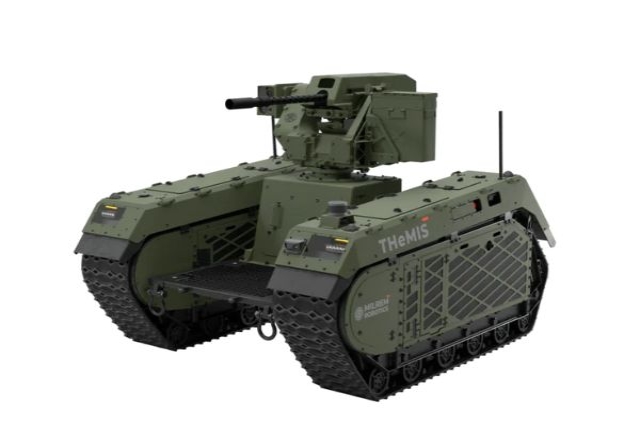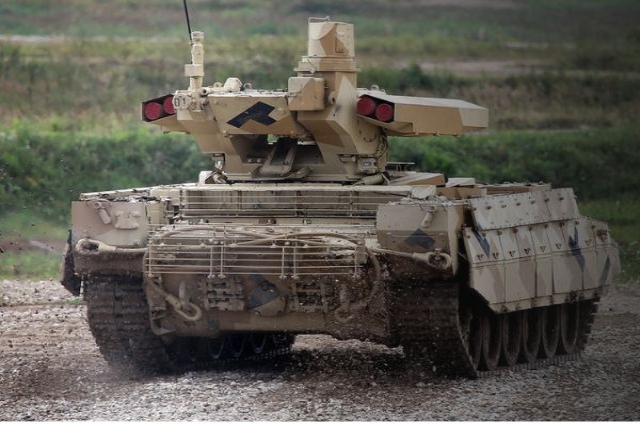UK MoD Asks Leonardo to Develop VTOL Aircraft for ASW Ops
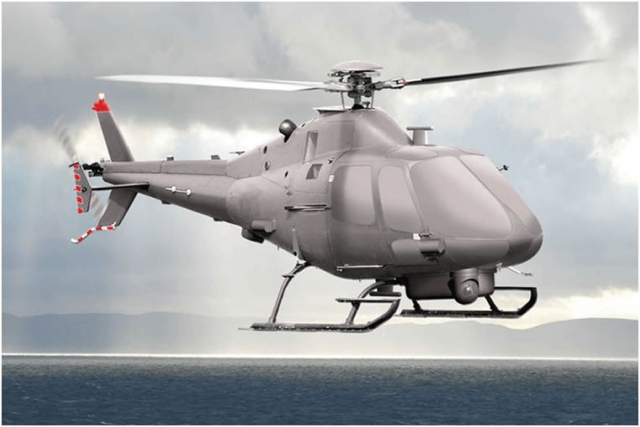
The UK Ministry of Defence's Defence Equipment and Support (DE&S) Future Capability Group (FCG) awarded a four-year contract valued €71 million to Leonardo to deliver the Rotary Wing Uncrewed Air System (RWUAS) Technology Demonstration Programme (TDP), "RWUAS CCD Phase 3 TDP”.
This programme funded through Defence Innovation, will include the flight of an advanced uncrewed VTOL prototype referred to by the UK MOD as “Proteus”. Proteus is a key element of the Royal Navy Future Maritime Aviation Force (FMAF) vision for Anti-Submarine Warfare support. Proteus – named after a mythological Greek god of the sea – is due to take its first flight in 2025.
According to the Royal Navy, the three-tonne demonstrator – less than a third of the weight of a Merlin helicopter - could provide an innovative alternative to existing aircraft for tracking adversary submarines.
Trials will test the capability of the aircraft to drop “sonobuoys” – small tube-shaped buoys that track and communicate submarine activity – enabling the aircraft to alert a crewed helicopter and call for support if a submarine is located.
Leonardo – the firm behind the Wildcat and Merlins which are the mainstay of Fleet Air Arm operations – will test the demonstrator on lengthy and demanding anti-submarine warfare patrols – currently performed by Merlin Mk2 helicopters – but other potential uses will also be investigated, including evacuating casualties.
The company has previously conducted a number of advanced research projects under RWUAS phases 1 and 2. Phase 3 will sustain and grow this onshore design and technology development capability by readying a brand-new uncrewed prototype for its maiden flight.
Following on from learnings and technology developed through the first two phases of the RWUAS CCD programme, Phase 3 will see Leonardo create an up to 2-3t demonstration aircraft that will have modularity at its core. The dual-use RWUAS prototype will be adapted to deliver a wide range of roles in the military and parapublic domains. These include intelligence, surveillance and reconnaissance, maritime specific missions and logistics supply. The high payload and large volume capabilities, combined with ability to operate in harsh environmental conditions, are expected to be of interest to a wide range of potential users.
The UK MoD’s RWUAS CCD Phase 2 contract built on the research and development activity which began under the RWUAS CCD Phase 1 programme between 2013 and 2015. Under Phase 2 further research, development, analysis and experimentation took place, which related to VTOL air-vehicle technologies and platform operations, within future operating environments, fleet mixes and the overall defence aviation capability structure.



